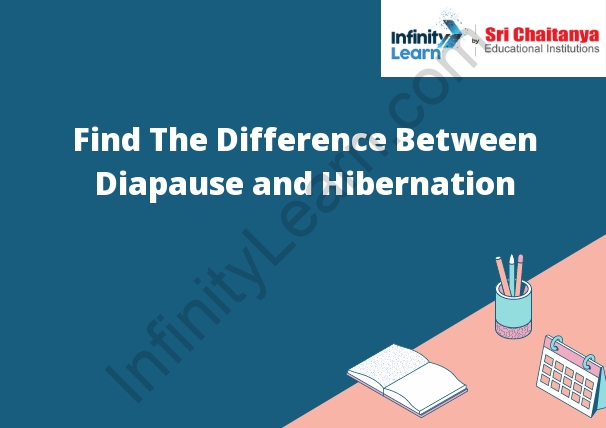Table of Contents
How is Diapause different from Hibernation?
Diapause and hibernation are two ways that animals can conserve energy. Hibernation is a state of inactivity and low body temperature that is usually seasonal. Diapause is a state of inactivity that can be either seasonal or induced by certain conditions.
The main difference between hibernation and diapause is that hibernation is a state of inactivity that is usually seasonal, while diapause is a state of inactivity that can be either seasonal or induced by certain conditions. Hibernation is a response to falling temperatures and shorter days, while diapause is a response to environmental conditions such as drought or overcrowding.
Hibernation is also a deeper state of inactivity than diapause. During hibernation, an animal’s heart rate drops, its body temperature falls, and it enters a state of torpor. Diapause is a less deep state of inactivity, and an animal in diapause may still be able to respond to stimuli.
Another difference between hibernation and diapause is that hibernation is usually involuntary, while diapause can be either voluntary or involuntary. Some animals, such as bears, hibernate involuntarily, while other animals, such as monarch butterflies, can enter diapause voluntarily in order to delay their migration.

Summary of Diapause Vs Hibernation?
Diapause and hibernation are two different ways that an animal can respond to a change in its environment. Diapause is a state of inactivity that is usually temporary, while hibernation is a state of inactivity that is usually longer-term.
Diapause is a response to environmental cues that indicate that conditions are not suitable for normal development or reproduction. For example, many insects enter diapause in the fall when the days get shorter and the temperatures get colder. This allows them to survive the winter months when food is scarce and the weather is unfavorable.
Hibernation is a response to environmental cues that indicate that conditions are not suitable for normal activity. For example, many mammals enter hibernation in the fall when the days get shorter and the temperatures get colder. This allows them to survive the winter months when food is scarce and the weather is unfavorable.
Why use Diapause vs Hibernation summary?
There are many reasons why an organism might use diapause vs hibernation summary. The most important reason is that they serve different purposes for the animal. Diapause is a reproductive strategy, while hibernation is a survival strategy.
Hibernation is a state of inactivity and lowered metabolism that is used by animals to survive cold weather or food shortages. During hibernation, an animal’s heart rate, breathing rate, and body temperature all drop. This allows the animal to use less energy, which helps it to survive when food is scarce.
Diapause is a state of inactivity that is used by animals to delay reproduction. During diapause, an animal’s heart rate, breathing rate, and body temperature all drop. This allows the animal to use less energy, which helps it to survive when food is scarce.
The main difference between hibernation and diapause is that hibernation is used to survive short-term food shortages, while diapause is used to survive long-term food shortages. Hibernation is also more intense than diapause, and it usually lasts for a shorter period of time.






